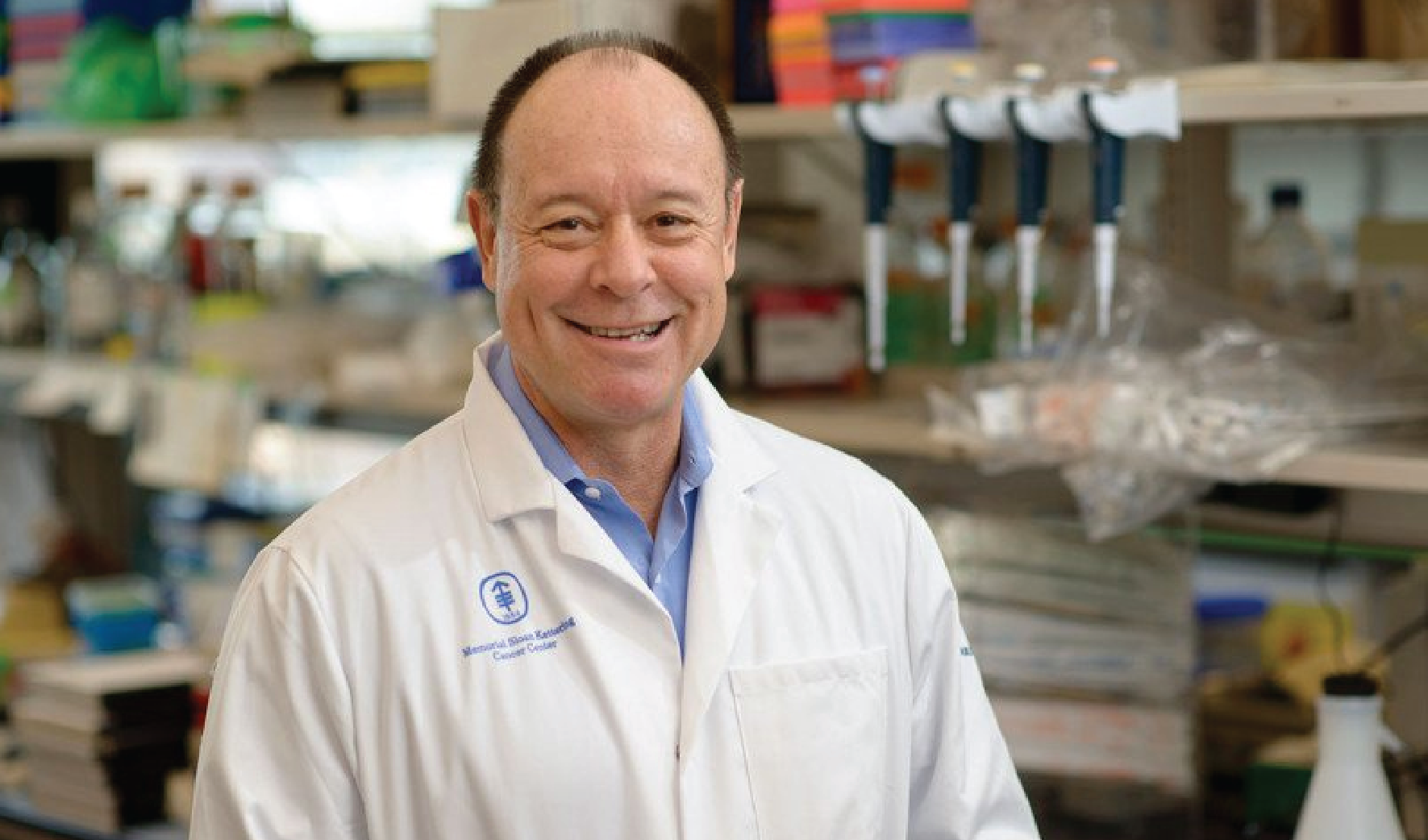Stem Cells May Explain Why Rare Inherited Tumor in Kids Is So Aggressive
Author: Sloan Kettering Institute
Published On: 06/14/2021

Neurofibromatosis type 1 (NF1) is the most common hereditary disease of the nervous system. Overall, it is a rare condition that affects about one in 3,000 people in the United States and worldwide. It is characterized by tumors that grow along the peripheral nerves (the nerves outside the brain and spinal cord) as well as changes in skin pigmentation.
For some people with NF1, their tumors may become cancerous, including a type of sarcoma called malignant peripheral nerve sheath tumor (MPNST), which usually arises in childhood. In a study published online May 18, 2021, in Cell Stem Cell, researchers from Memorial Sloan Kettering reported they have discovered that a subpopulation of cells within these tumors could explain why the tumors almost always come back after treatment. The research, which was carried out in mice, suggests that scientists eventually could be able to create targeted therapies for the treatment of people with MPNST.
“Over the past 20 years or so, we’ve been developing animal models for NF1,” says developmental biologist Luis Parada, the senior author of the paper. “One reason is that it is a disease that is very hard to treat, and more research is needed. Another reason is that we know it’s caused by a single gene mutation, which makes it somewhat easier to study than diseases with more complex causes.”
Want to view archived newsletters? Click Here!
Newsletter
Sign up to receive the latest neurofibromatosis news and information in your inbox!
Subscribe